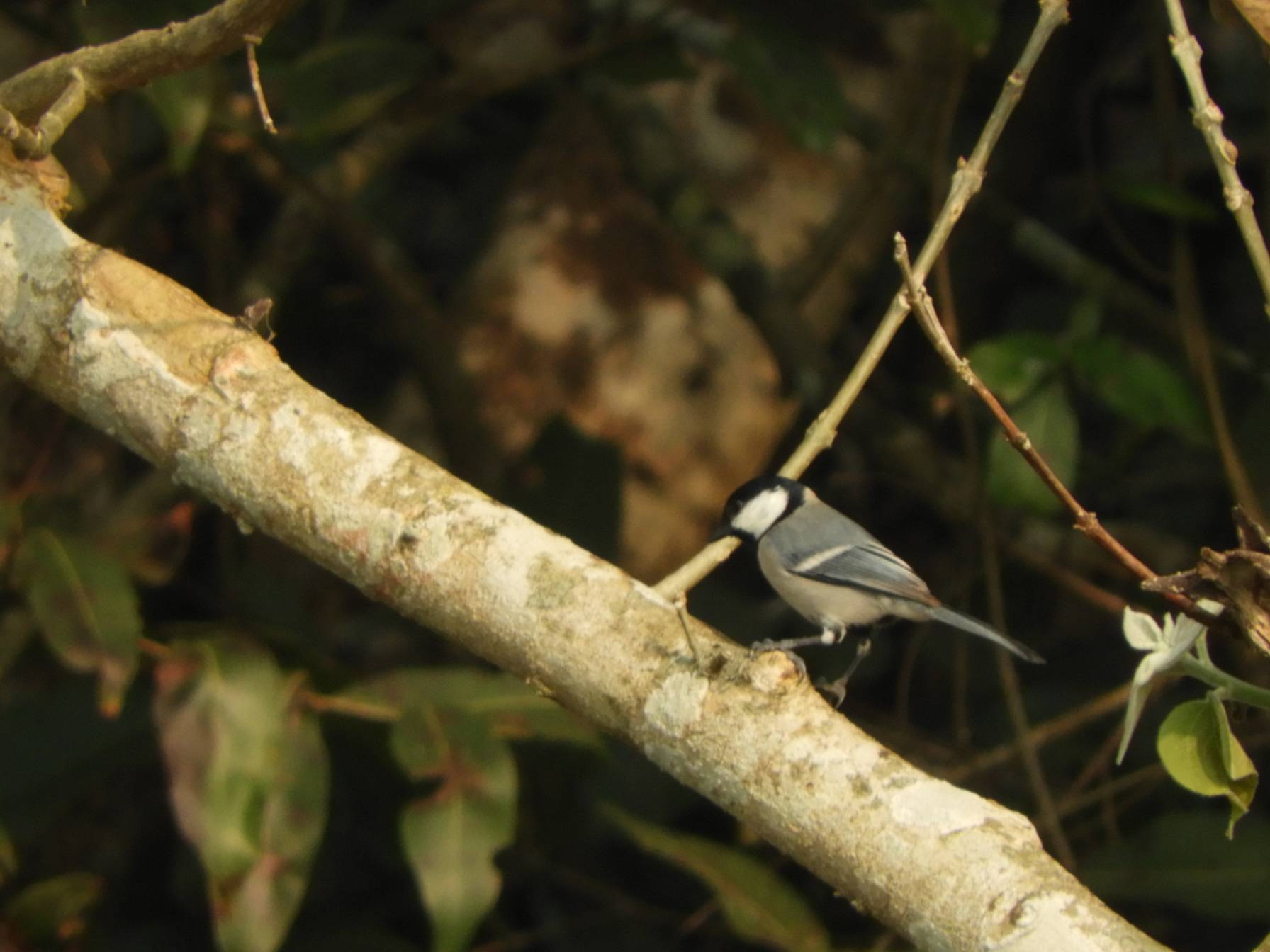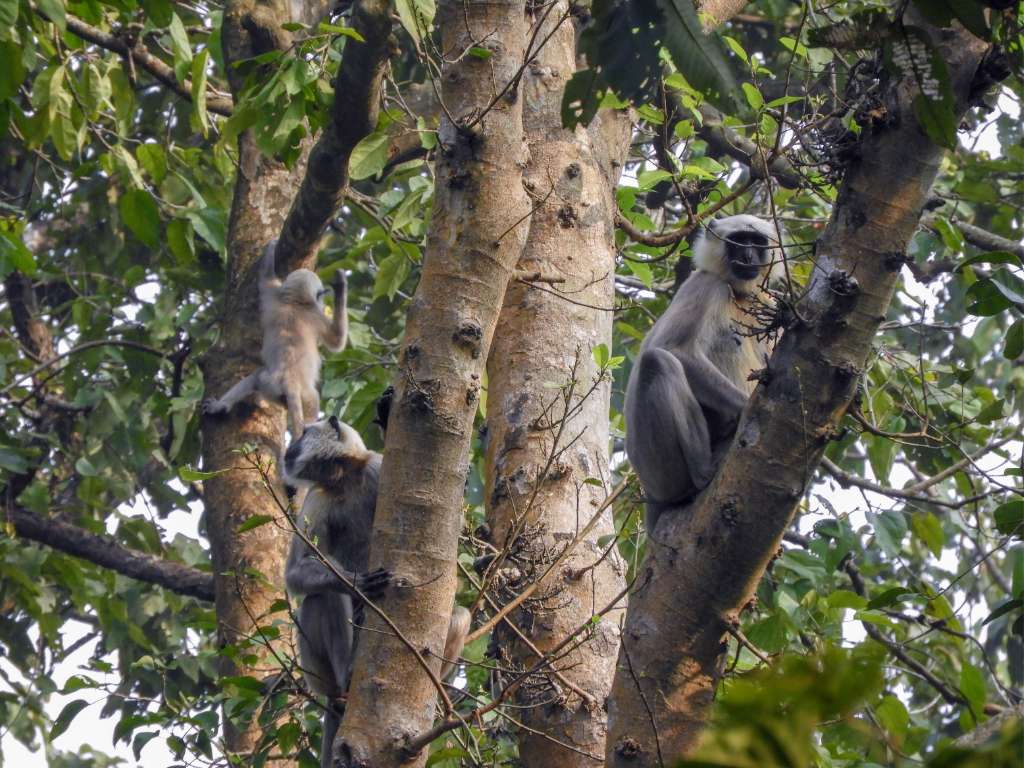Trip Introduction: Bardiya National Park (2N/3D Package).
Bardiya National Park is located near the southern border of the far southwest corner of Nepal. It is surrounded by a middle hill to the north and the Karnali River and its tributaries to the west and south. It covers total land of 968 km and is the largest wildlife reserve of Nepal popular for Jungle Safari in Nepal.
Bardiya National Park is a huge protected area of diverged habitats for a multitude of rare species. It is a habitat of 150 species of reptiles and fish, over 400 species of birds, and 48 different mammals. Following years of unsettlement within Nepal that left the park out on a limb, but now Bardiya National Park is now much more accessible again and many believe the park is now set to become one of the premier Eco-tourism destinations in Asia.
Over 1400 people lived in the area, and many of the farmers were removed to provide a greater area for the abundant species within the park. A buffer zone and community forest were established around the park by the local communities. Without so much human interference the diverse habitats inside the park have improved greatly. Discover endangered animals like one-horned rhinoceros, wild elephants, royal Bengal tiger, swamp deer, Gharials crocodile, marsh mugger crocodile, and Gangetic dolphins. Endangered birds found in this park are Bengal florican, lesser florican, silver-eared Mesia, and Sarus Crane.

Bardiya National Park-What to expect?
Visiting Bardiya National Park is an adventure-filled experience. The area offers a range of popular entertainment activities such as jungle safaris, guided treks, and river expeditions, all of which allow visitors to delve deep into the secrets of its wildlife. Each day spent in Bardiya brings a unique opportunity for newfound animal sightings, adding to the thrill of the excursion.
Furthermore, the park boasts a remarkable diversity of wildlife, including 48 different mammal species. Among them are rare and endangered species such as the Royal Bengal tiger, wild elephants, one-horned rhinoceros, and swamp deer, making Bardiya a true wildlife enthusiast's paradise. The park is also home to over 400 species of birds, including colorful kingfishers, majestic Sarus Cranes, and the elusive Bengal florican, making it a must-visit destination for ornithologists and birdwatchers.
Bardiya National Park is not only a sanctuary for biodiversity but also a treasure trove for cultural explorers. The local populations, particularly the Tharu people, have resided in this region for generations, and their profound understanding of the landscape and its inhabitants is invaluable. Visitors have a unique opportunity to fully immerse themselves in the rich cultural history of these communities. From traditional dance performances to cultural events and homestays, Bardiya allows visitors to experience and actively engage in the daily customs of indigenous communities.
Moreover, these communities have now become integral to the park's conservation efforts. Their creation of buffer zones and community woodlands underscores their commitment to promoting harmony between humans and wildlife. Bardiya National Park serves not only as a refuge for biodiversity but also as a living testament to the harmonious interplay between society, culture, and conservation. It provides tourists with a fully immersive and enriching experience that transcends the boundaries of conventional tourism.

What is the Best Time/Season for Bardiya National Park Visit?
The ideal season for Exploring Bardiya National Park is during autumn and winter. Autumn which lasts from September to November and winter which lasts from December to February are often considered dry seasons causing lesser availability of water in the park. This makes animals gather around the still rivers, lakes, and waterholes around specific locations in the park to drink and cool off. Due to this particular reason, it becomes easier to spot animals like elephants, tigers, and rhinoceros during the tour. Likewise, some animals especially migrating birds are more likely to be around Bardiya National Park during these dry seasons which makes up for an ideal period for bird watchers and ornithologists.
In the dry season, the trails along the park are also less muddy accompanied by delightful weather aiding explorers to take a jeep or walk more easily.
Even though the dry season is the ideal time to watch wildlife in Bardiya National Park, keep in mind that animals are present all year. Wildlife sightings are dependent on the animals' natural behavior and movements, which can be influenced by factors such as food availability and the time of year when they mate. So, you can still view magnificent animals at other seasons of the year; it just takes a little more time and effort.
Some Rules and Regulations you Might need to follow inside the Bardiya National Park.
The following are the key rules and regulations of Bardiya National Park which provide additional information during the tour:
- Every day, visitors must pay NRs. 1500 (foreigners), NRs. 750 (SAARC nationals), and NRs.100 (Nepalese) at the relevant ticket booth.
- Valid admission permits are available at the National Parks ticket office or the Park entrance gate at Bardiya National Park from the Nepal Tourism Board.
- The admission ticket is non-refundable, non-transferable, and only good for one entry. It is against the law to enter the park without a permit. Visitors should keep the permission on hand in case park staff seeks it.
- Get a documentary/filming permit from the Department of National Parks and Wildlife Conservation (DNPWC).
- DNPWC charges a documentary/filming cost of US$1500 (foreigners), NRs.50, 000 (SAARC nationals), and NRs.10000 (Nepalese). Drone filming costs an additional 25%.
- The drone (UAV) fee is the same as the documentary/filming fee when used for other purposes.
- An elephant ride, a jeep trip, camping, boating, and rafting are all optional extras.
- Plants and animals should not be disturbed or removed. The vegetation and fauna are completely safe and should not be disturbed.
- Garbage must be deposited, buried, or disposed of in designated areas.
- No one should enter the park between the hours of sunset and sunrise.
- Be respectful of religious and cultural sites.
- For camping in certain parts of the national park.
- Avoid using non-biodegradable materials such as batteries, plastic bags, and bottles.
- A guide is essential for forest walks.
Note: All the logistics can be handled by Holiday Planner Nepal giving you a carefree experience knowing that all your tours are readily managed.





